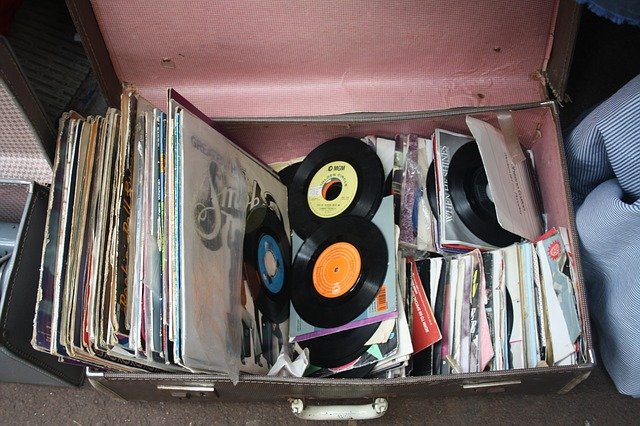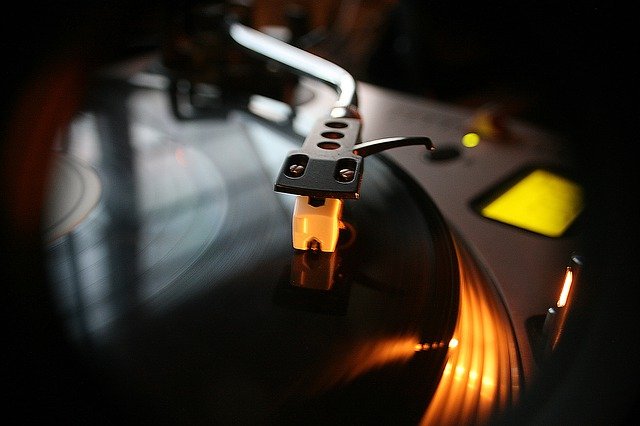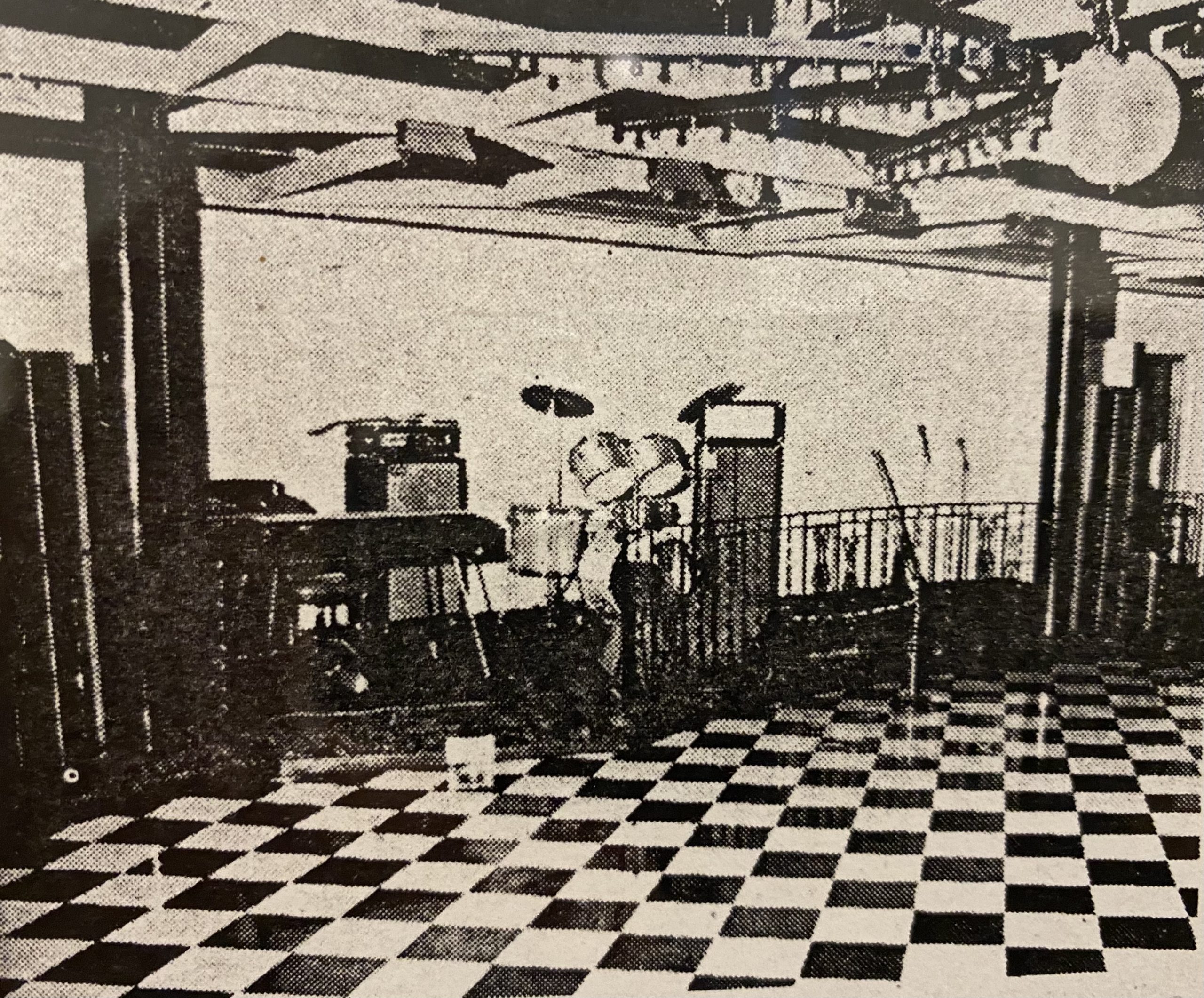Disco is like a time capsule for many of us. The music, the clothes, and the dance moves are all things that remind us of our youths and what we did to get down and boogie with friends. We got dressed up, went downtown, and partied hard until it was time to go home or maybe go for breakfast.
Who can forget the bellbottom pants, big afro hairstyles, and platform shoes? Men often wore big medallions on a chain around their necks. Women wore colorful, shiny tops with lots of jewelry.
There was a certain amount of excitement when you got dressed to go out. You knew you were going to have a good time and you always did. If you watched Soul Train that week you probably had few new dance steps you wanted to try out.
Many patrons weren’t married and, among those who were, some who were didn’t have kids yet, which meant they had more time and opportunity to hang out. Their social circles were large and they had a strong sense of belonging. For many disco patrons, it was the happiest time in their lives.
When was disco music popular?

Disco music was popular during the 1970s but in the early part of the ’70s, there was no such thing as disco music. What we did have was plenty of songs that had infectious, danceable beats in the early ’70s. These were precursors to and inspired disco music. Performers like Diana Ross who started off singing rock & roll songs segued to disco sounds as the genre became popular.
In 1969-71, talented DJs curated danceable music with songs such as “Say it Loud” by James Brown, “Soul Makossa” by Mani Dibango, and “Do the Hustle” by Van McCoy.
These recordings were not disco songs per se, but they kept people on the dance floor and paved the way for the tidal wave of disco records that would be produced a couple of years later. Disco music came out of soul, funk, and R&B songs – straight out of the African American songbook.
What was the first disco hit?
It’s difficult to identify one song as the first disco hit. The disco concept existed back in the ’30s in France. But it did not translate to America because back then recorded music had an inferior sound compared to live music.
By the 1960s, it was possible to get amplifiers and speakers that could deliver crystal clear powerful sounds. In 1969 gays in the New York area began experimenting with discotheque techniques with continuous music. The disco boom really started in the late 1970s.
These events were wildly popular and had a major impact but mostly within the gay community. These were insular parties and women were not always welcomed.
In 1971, a group of black college graduates who called themselves The Best of Friends (TBOF) started creating discotheque experiences at clubs like the Ginza and La Martinique in the prime areas of New York City in midtown Manhattan.
By 1974, disco was an emerging music form and record companies started paying attention to the music that got disco patrons excited.
By 1975 disco began to take off and in 1976, disco hits began appearing on the Billboard top ten list. When “Saturday Night Fever” opened in December 1977, disco was already extremely popular but the movie took disco to a level where you could fairly say it exploded across the country.
Who invented disco music?

Disco originated in New York City during the early 1970s. Technological advances in amplifiers and speakers enabled a high-fidelity sound to be combined with non-stop music so dancers didn’t miss a step from one song to the next.
As far back as 1970, DJs like Frank Grasso who spun records at the Sanctuary, and Frank Brodis at the Hippopotamus taught themselves to curate music that kept the dance floor full. No doubt there were others, but these are the first ones that I am aware of who mesmerized dancers in remarkable ways.
These early DJs will never get the full credit they deserve but the fascination with disco would not have happened without their magical touch.
Starting in 1974, DJs like Danny Berry and Charles “CP” Perry at clubs like Leviticus and Justine’s, helped propel the art form that took over New York City, exploded across the country, and eventually turned into a global phenomenon.
What was the first disco hit?
In the 1970s, disco was a huge trend. With its catchy rhythms and pulsating beats, it became the sound of an entire generation. The first disco hit is hotly debated but some say that if you want to know what fueled this musical revolution, then you have to go back to James Brown, Motown, and The Sound of Philadelphia (TSOP).
It is widely accepted that disco music came out of the African American community. These record companies were not producing disco music per se. What they were producing was hot, danceable music that, when curated properly, created a discotheque environment and set the stage for the creation of disco music.
By 1976, disco music dominated Billboard charts. Around that time performers like Donna Summer, the Bee Gees, Gloria Gaynor, the Brothers Johnson, Earth, Wind & Fire, and many others, were the rage. By the late ’80s, the music shifted gradually changed by focusing on the rhythm and de-emphasizing the lyrics and melody. After all, you dance to the beat, not the words.
Why was disco hated?

It’s a well-known fact that disco was hated in the late ’70s and early ’80s. But why? There is an explanation for this hatred. Disco became popular in the mid-1970s with a widely diverse audience. However, rockers, primarily straight white male rockers, hated disco.
They didn’t like the idea that they had to dress up, pay to go to a disco, and learn to dance to get the girl. What they also hated was that many rock & roll radio stations were changing their format to disco.
Disco, which was primarily driven by black and gay performers, was rejected by many white rockers because they felt it eroded their own cultural preferences. Disco music often incorporated funk, soul, and other styles to create danceable songs that were enjoyed at clubs and parties.
Disco music was dominated by black groups and some whites didn’t like that. As a result, a portion of society hated disco and wanted it to end because it pushed out the rock music they preferred.
The hatred for disco music was so strong, even the Bee Gees became targets since they were so prominent on the disco charts with their many mega hits. They received so many death threats, the FBI met their airplane whenever they landed in the U.S. to give them a safe escort to wherever they were staying.
Who is known as the Queen of Disco?

Many people associate disco with the 1970s and early 1980s, but this style of music has roots deep in African American culture, namely funk, R&B, and Soul. The Queen of Disco was Donna Summer.
She had many hits during her career including “Love to Love You Baby,” “Last Dance” (with Giorgio Moroder), “I Feel Love,” and more! Her biggest hit was “Love to Love You Baby” which was not released immediately.
Producers were concerned about the risque nature of the song that might cause a backlash or even a ban on playing it. The producers allowed discotheques to play the record, including Leviticus and Justine’s.
The result was that it was an immediate hit at the clubs. Patrons called the radio stations demanding that they play it. That’s when the record company had enough confidence to release the record. Ms. Summer herself was also concerned.
Why is disco called disco?

“Disco is shorthand for discotheque. The word discotheque comes from the French and it literally means record library. The word “disco” is simply a shorthand way of referring to a discotheque.
Many people know it as the funky dance party style from “Saturday Night Fever,” but there is more to this musical genre than meets the eye.
Disco was originally called “disco soul” by DJ David Rodriguez at his nightclub The Loft because he wanted to “make sure that black audiences who were not familiar with all-white bands like Led Zeppelin would come out for live shows.”
What came after disco?
What came after disco is a mix of all sorts of genres, many that are still popular today. But for the purposes of this blog post, we’ll focus on House or Techno music. However, it is important to point out that ’70s disco music never died out.
The word “disco” fell out of favor but not the music. In fact, disco music continues to be very popular and is often played at parties when you want people to dance, special events, concerts, and it is often sampled by hip hop artists.
Today, there are thousands of DJs that make a good living playing ’70s disco music and its derivatives, House and Techno music. The top DJs in the world make tens of millions of dollars a year, travel on private jets and in limousines.
They make their money at massive concerts that attract 25,000, 50,000 people or more. These DJs operate on a global scale with concert tours that often include over a dozen countries with tens of thousands of attendees at each event.
Why was disco important?

Disco was a big deal. In the 1970s, it became the go-to sound of nightlife and dance parties for anyone who wanted a good time on the dancefloor. Back then, perhaps a popular line to ask a lady out on a date was: “Would you like to go dancing?”
You had to be dressed up, you knew it would be fun, and with the admission price, most riff-raff and trouble-makers were screened out. It was all about going out to have a good time dancing and shaking what your mama gave you on the dance floor.
Disco music was a huge part of the black community in the 1970s and early 1980s. Disco nights were often held at clubs, which served as a way for people to socialize and escape from their everyday lives.
The genre is important because it encouraged self-expression through dance while also serving as an outlet for people who felt unheard or oppressed by society. Disco sounds like “Boogie Oogie Oogie” by Taste of Honey continues to bring joy to many people even today.
For some, it was therapeutic. But while it had a special appeal to African Americans, disco’s appeal was very broad and inclusive. Everyone felt welcomed because it was comfortable and authentic.
Keep dancing!
Noel



I thihk that everything published was actually very logical.
But, what about this? suppose you were to create a killer post title?
I ain’t suggesting your information is not good., bbut what if you added something that grabbed people’s attention? I mean All You Need to Know About the 1970s Disco iss a little
boring. Yoou ought to peek att Yahoo’s home page and see how they create article titles to
get people interested. Yoou might try adding a video orr a pic orr two to grab people interested about what you’ve written. In my
opinion, itt could make your blog a little livelier.
my web page: https://Casinoonlinevavada.Onepage.website/
Great point Casinoon. I will focus more on my headings going forward.